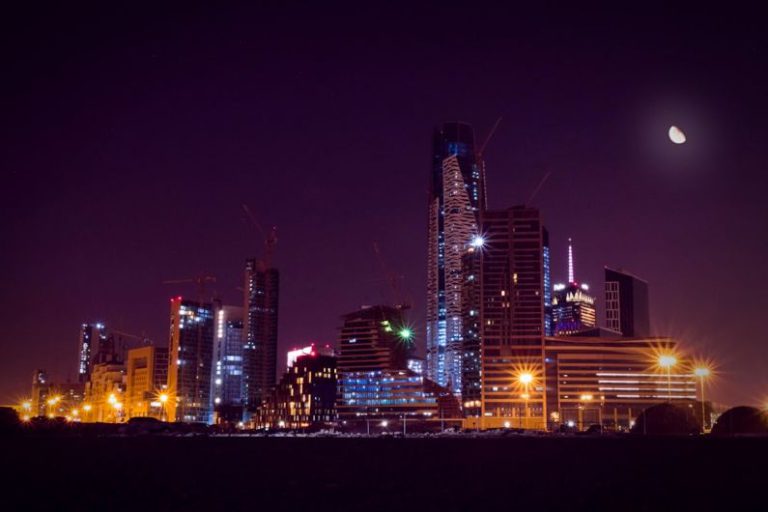The Impact of Autonomous Vehicles on Tire Retreading
As the automotive industry continues to evolve rapidly, the rise of autonomous vehicles is reshaping various sectors within the transportation landscape. One particular area that is experiencing significant changes is tire retreading. The advent of autonomous vehicles is revolutionizing the way tires are used and maintained, posing both challenges and opportunities for the tire retreading industry.
Autonomous Vehicles and Tire Wear Patterns
The adoption of autonomous vehicles has brought about a shift in driving patterns and behaviors. Unlike traditional vehicles, autonomous vehicles are programmed to operate efficiently, maintaining consistent speeds and following optimal routes. This change in driving behavior has a direct impact on tire wear patterns. With autonomous vehicles driving more smoothly and predictably, tires experience less wear and tear compared to vehicles driven by humans. This shift has led to an extended tire lifespan, reducing the frequency of tire replacements and, consequently, the demand for tire retreading services.
Challenges Faced by the Tire Retreading Industry
Despite the potential benefits of increased tire lifespan due to autonomous vehicles, the tire retreading industry faces several challenges in adapting to this new landscape. One of the primary challenges is the shift towards electric vehicles (EVs) and the unique tire requirements they present. EVs have different weight distributions and torque characteristics compared to traditional vehicles, leading to specific tire wear patterns that may not align with traditional retreading processes. As autonomous vehicles increasingly transition to electric powertrains, the tire retreading industry must innovate and develop new retreading techniques tailored to the distinct needs of EV tires.
Opportunities for Innovation in Tire Retreading
The integration of autonomous vehicles into the transportation ecosystem also presents opportunities for innovation within the tire retreading industry. With autonomous vehicles generating vast amounts of data on driving patterns, tire performance, and maintenance needs, retreaders can leverage this data to enhance their processes. By analyzing real-time data from autonomous vehicle fleets, retreaders can optimize retreading intervals, develop customized retreading solutions for specific vehicle types, and improve overall tire performance and longevity.
Additionally, advances in tire technology, such as the development of smart tires embedded with sensors, offer new possibilities for the retreading industry. Smart tires can provide valuable insights into tire health, pressure levels, and wear indicators, enabling retreaders to offer proactive maintenance services and personalized retreading solutions. By embracing these technological advancements, the tire retreading industry can position itself as a key player in the autonomous vehicle era, catering to the evolving needs of modern fleets.
Sustainability and Environmental Impact
Another critical aspect of the impact of autonomous vehicles on tire retreading is sustainability and environmental responsibility. As autonomous vehicles drive more efficiently and consume less fuel, they contribute to reduced carbon emissions and environmental impact. Extending the lifespan of tires through retreading further enhances the sustainability of autonomous vehicle operations by minimizing waste and resource consumption. By promoting tire retreading as a cost-effective and eco-friendly alternative to tire replacement, the tire retreading industry can align with the sustainability goals of autonomous vehicle manufacturers and operators.
Future Outlook and Adaptation Strategies
Looking ahead, the tire retreading industry must proactively adapt to the evolving landscape shaped by autonomous vehicles. By embracing technology, fostering innovation, and collaborating with stakeholders across the automotive and transportation sectors, retreaders can position themselves as indispensable partners in the autonomous vehicle ecosystem. Developing specialized retreading solutions for electric and autonomous vehicle tires, harnessing data-driven insights, and prioritizing sustainability will be key strategies for ensuring the continued relevance and success of the tire retreading industry in the era of autonomous vehicles.






